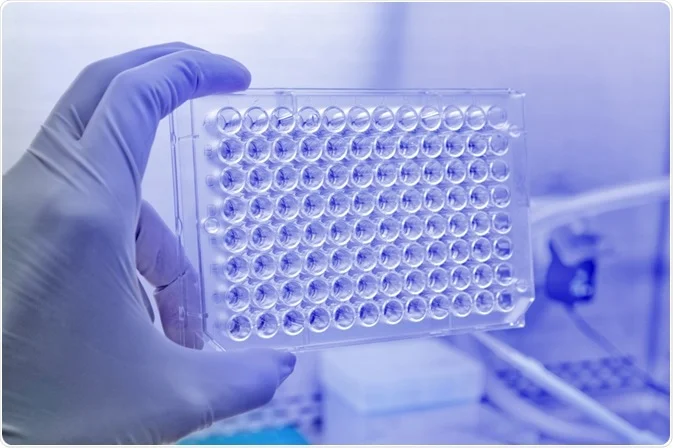Beyond the Small: Cytotoxicity Screening as a Pillar of Nanoparticle Safety Evaluation

Due to their unique physicochemical properties, nanomaterials are studied extensively for applications in consumer goods and human healthcare. They are explored for multiple bioapplications, particularly in pharmacology and medicine for diagnosis, therapeutics, and drug delivery. Therefore, humans are exposed both environmentally and occupationally to nanoparticles. This exposure has now become an issue to public health as nanoparticles can effectively cross the membrane barriers and reach the bloodstream and may get distributed to the whole body at molecular and cellular levels. Hence, toxicity screening is essential to comprehend the risks associated with human health and ensure the proper production and regulation of nanomaterials. The current article focuses on cell cytotoxicity assays for assessing nanoparticle safety.
Cytotoxicity screening for nanoparticles
Today, immunoassay services have limited knowledge of the toxicity profile and side effects of most nanomaterials. This lack of knowledge has resulted in irregular testing and the use of nanoparticles in industry and medicine. The primary reason for inadequate nanoparticle testing is that nanoparticles are inherently difficult to explore, and the available testing guidelines and methodologies used for other chemical agents are not fully capable of evaluating nanoparticles.
Understanding the inadequacy around the safety and toxicity of nanoparticles, cell toxicity assays become critical. Cytotoxicity and genotoxicity evaluations include multiple studies to determine the effects of nanoparticles on different in vivo and in vitro systems.
Today, graphene and other graphene-based nanoparticles are garnering attention in the nanotechnology industry. These materials have unique mechanical, chemical, and physical properties. Besides, their exceptional qualities, such as excellent biocompatibility, sublime conductivity, mechanical and chemical consistency, wide surface area, and two-dimensional planar structure, have made them the primary choice for biomedical applications.
However, the interactions between graphene oxide and reduced graphene oxide with polymeric dispersions may affect human chondrocytes. Today, lactate dehydrogenase assays are used to study the cytotoxic effects induced by graphene oxide and reduced graphene oxides on human chondrocytes. Data suggest a concentration-dependent response, while PGA contributed to a decrease in the difference in LDH activity compared to the control.
Fullerenes, a type of carbon-based nanomaterial, have shown promising cytotoxic or cytoprotective properties where some types of fullerenes can regulate the homeostasis of intracellular reactive oxygen species to enhance the antioxidant abilities of human fetal lung fibroblasts. Similarly, another study showed exposure to water-soluble glycofullerene reduced cellular effects, suggesting its use as a drug delivery vehicle.
Today, metal and metal oxide nanoparticles are used as industrial catalysts and have become common in consumer products. These applications have eventually increased its exposure to human beings. Therefore, assessing the potential side effects of these metal oxide nanoparticles, such as titanium dioxide, zinc oxide, and iron oxide, is crucial for understanding their impact on biological systems. In-vitro evaluations of the potential nanotoxicity of zinc oxide and titanium dioxide in human primary cells showed that these nanoparticles induced oxidative and primary DNA damage in salivary leukocytes. Similarly, studies on cerium dioxide toxicity showed that acute exposure induced minor toxicity, and hence, they require subchronic toxicological testing to understand its complete toxicity profile in organisms.
In Conclusion
Nanoparticles can induce toxicity in human cells, making cytotoxicity screening a critical pillar for evaluating the safety and efficacy of nanoparticles.



